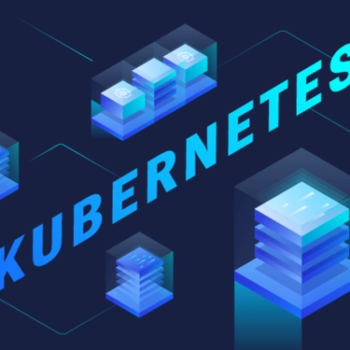
Cloud-Native Apps | Definition and Benefit for Your Business
- Posted by Adham Jan
- On November 3, 2019
There is some confusion on what cloud-native apps are and how they work for those business owners who don’t have advanced technology knowledge. Usually when you have an article or discussion about cloud-native apps or DevOps, there are too many industry specific terms and it’s difficult for someone who’s not well versed in the language to understand.
Here, we’re going to explain what cloud-native apps are, how they’re developed, and why they’re a good choice for companies going forward.
What Are Cloud-Native Apps?
Cloud based computing has been gaining traction for several years. It offers benefits that companies today can’t do without to stay competitive. Most companies are choosing to use a hybrid cloud system. This allows them to keep their legacy applications so that they can move forward without disrupting business. But it still allows them to take advantage of new systems and services in cloud computing and it lets them integrate their data so that they’re not missing any information in the translation.
Cloud-native apps sound like applications that are developed for and by cloud computing, but that’s not exactly the whole story. Cloud-native apps are built in a cloud environment because it allows them to use microservices and containers. This means that the applications can be used individually or combined with other applications.
This doesn’t necessarily mean that the cloud-native apps need to be used in that environment. The beauty of cloud-native apps is that they can be developed in less time with greater flexibility. The final product can be used in any environment — private, cloud based, or public.
A Brief History of Cloud-Native Apps
Today, Google’s Kubernetes is the most popular way to orchestrate containers. This advance meant that you could automate tasks that were once manual, streamlining the process and making scalability an easy thing to reach. But cloud-native apps took shape over a few decades of massive technological advancement.
Like the containers that build these systems, each of the previous advances has been used as a building block to add to the architecture and offer more methods to improve the way that the cloud environment and the programs designed here work.
As a brief overview:
- 2000. A container system called, “Jail” was launched in 2000, which increased interest in container technology again. Of course, cloud-based technology can’t work without containers.
- 2008. The tenets of DevOps were developed during the Agile Conference.
- 2011. The Twelve-Factor App Principle is developed, still a guiding principle for cloud-native app development.
- 2014. Google releases Kubernetes.
Why Cloud-Native Apps Are Beneficial?
Cloud-native apps are beneficial for a number of reasons. You’ll often hear that these applications allow for more flexibility, You can make changes in these apps without downtime because you can add implementations automatically or in increments. This lets you continually add to the application to keep up with changing demands of your business.
Cloud-native applications are more scalable. They allow your business to keep up with the latest changes in technology to stay competitive. However, this also means that your business needs to invest in the DevOps team that understands cloud-native applications and can keep up with these booming changes as they come.
The technology will continue to move toward cloud based applications because they make more sense, save time, and decrease costs. In the long term, this is where your business will need to move. In the short term, cloud-native applications can put you ahead of your competition today.
Contact Us Today to Learn More How Cloud-Native Apps can Transform your Business Drastically




